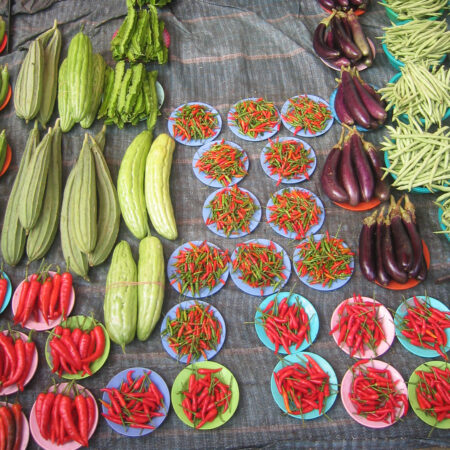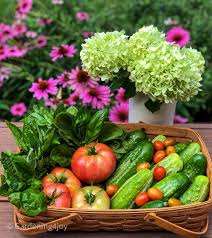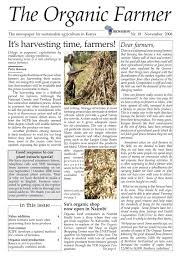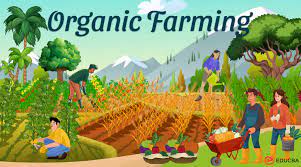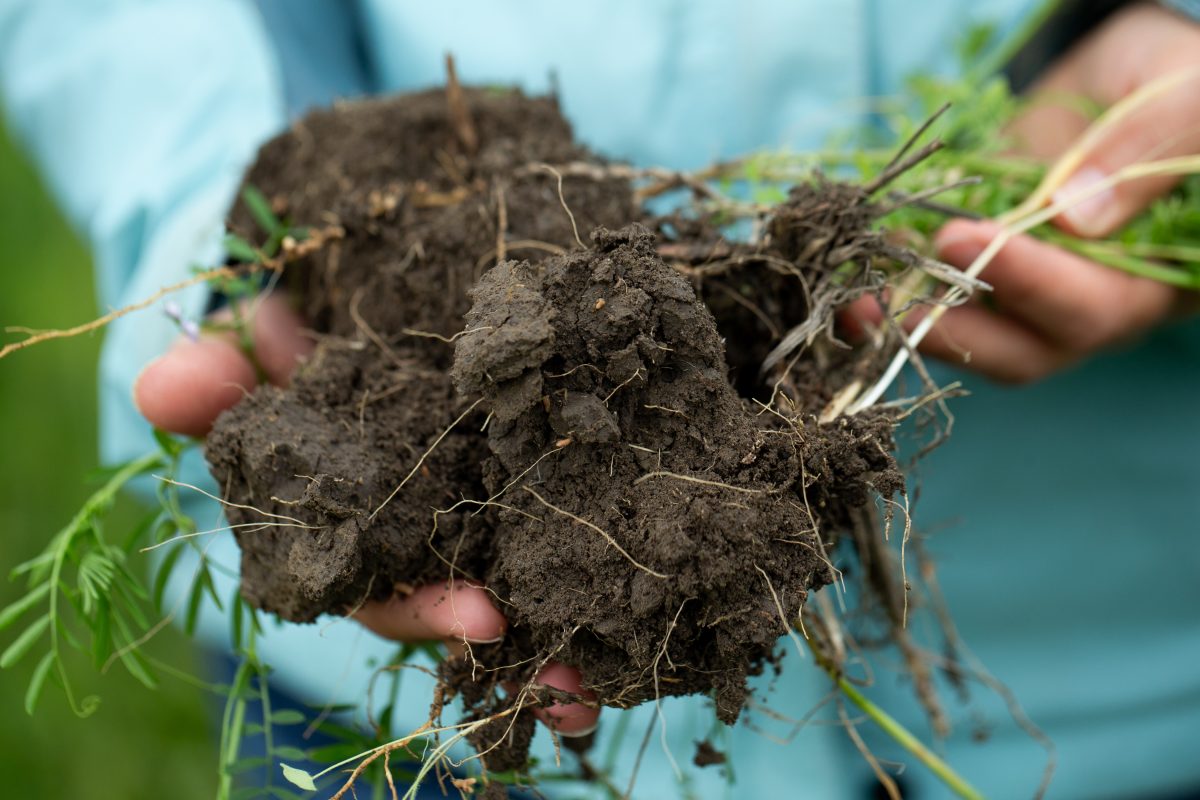
Regenerative agriculture is a farming method that focuses on restoring and improving the health of the soil, enhancing biodiversity, and promoting ecosystem services. This approach to farming emphasizes the use of natural resources and ecological processes to produce food, while also enhancing the resilience of agricultural systems to climate change and other environmental stressors. In this article, we will discuss the seven key principles of regenerative agriculture.
- Minimizing soil disturbance
One of the key principles of regenerative agriculture is minimizing soil disturbance. Traditional farming practices such as tilling can disrupt the natural structure of the soil, leading to erosion and loss of nutrients. Regenerative agriculture emphasizes the use of no-till or reduced-till farming methods that preserve the natural structure of the soil and promote the growth of beneficial microorganisms.
- Maximizing biodiversity
Another principle of regenerative agriculture is maximizing biodiversity. This can be achieved through practices such as intercropping, crop rotations, and the use of cover crops. By diversifying the plant species in a given area, farmers can improve soil health, reduce the risk of pests and diseases, and promote the growth of beneficial insects and other wildlife.
- Keeping living roots in the soil
Regenerative agriculture emphasizes the importance of keeping living roots in the soil as much as possible. This can be achieved through the use of cover crops, which can help to maintain soil moisture, reduce erosion, and improve soil health. By keeping living roots in the soil year-round, farmers can also sequester more carbon, helping to mitigate the effects of climate change.
- Integrating livestock
Regenerative agriculture also involves integrating livestock into agricultural systems. This can be done through practices such as rotational grazing, which can help to improve soil health, reduce the need for chemical fertilizers, and promote the growth of diverse plant species. By integrating livestock into agricultural systems, farmers can also create additional sources of income and improve the overall resilience of their farming operations.
- Managing water wisely
Water is a precious resource, and regenerative agriculture emphasizes the importance of managing water wisely. This can be achieved through practices such as rainwater harvesting, the use of drip irrigation systems, and the development of water-efficient farming techniques. By managing water wisely, farmers can reduce their dependence on irrigation, conserve water resources, and enhance the overall sustainability of their farming operations.
- Using natural inputs
Regenerative agriculture emphasizes the use of natural inputs, such as compost and organic fertilizers, to improve soil health and promote the growth of healthy crops. By avoiding the use of synthetic fertilizers and pesticides, farmers can reduce their environmental impact and promote the growth of beneficial microorganisms in the soil.
- Embracing innovation
Finally, regenerative agriculture involves embracing innovation and new technologies that can help to improve farming practices and promote sustainability. This can involve the use of precision agriculture techniques, the development of new crop varieties, and the implementation of innovative farming systems that promote the health of the soil and the environment.
In conclusion, regenerative agriculture offers a promising approach to farming that emphasizes the restoration and improvement of the health of the soil, the promotion of biodiversity, and the enhancement of ecosystem services. By adopting these seven key principles of regenerative agriculture, farmers can help to promote sustainable agriculture, mitigate the effects of climate change, and create more resilient farming systems.



